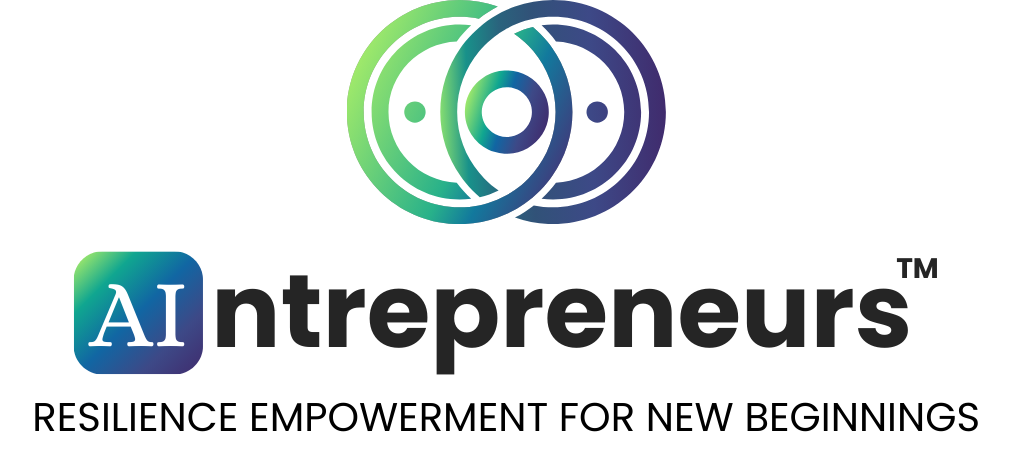agement. ry of VSAT’s usage in the UK and analyze its effectiveness in promoting self-reliance in risk management. Risk management has evolved significantly in the public and private sectors, particularly post-9/11 and the 7/7 London bombings. The need for self-driven, scalable, and user-friendly risk assessment frameworks led to the development and deployment of tools like VSAT in the UK. The VSAT framework allowed organizations—especially small to medium enterprises (SMEs) and local councils—to assess th
ry of VSAT’s usage in the UK and analyze its effectiveness in promoting self-reliance in risk management.ry of VSAT’s usage in the UK and analyze its effectiveness in promoting self-reliance in risk management. ;,,:;fzery of VSAT’s usage in the UK and analyze its effectiveness in promoting self-reliance in risk management. Risk management has evolved significantly in the public and private sectors, particularly post-9/11 and the 7/7 London bombings. The need for self-driven, scalable, and user-friendly risk assessment frameworks led to the development and deployment of tools like VSAT in the UK. The VSAT framework allowed organizations—especially small to medium enterprises (SMEs) and local councils—to assess their vulnerabilities without external consultancy. This dissertation aims to trace the historical trajectory of VSAT’s usage in the UK and analyze its effectiveness in promoting self-reliance in risk management.
dpaojdlkja mliahdlkah ha lihazlrekjh alkhdeka hdal jlkazdcejh n;,an;ednazd
This disseration is submitted in partial fulfilment of the requirements for the Degree of Master of science in risk, crisis & resilience management.
Word count : 10000
| AI | Artificial Inteligence |
| LR | Literature Review |
| UK | United Kingdom |
| VSAT | Vulnerability self assessment tool |
Risk management has evolved significantly in the public and private sectors, particularly post-9/11 and the 7/7 London bombings. The need for self-driven, scalable, and user-friendly risk assessment frameworks led to the development and deployment of tools like VSAT in the UK. The VSAT framework allowed organizations—especially small to medium enterprises (SMEs) and local councils—to assess their vulnerabilities without external consultancy. This dissertation aims to trace the historical trajectory of VSAT’s usage in the UK and analyze its effectiveness in promoting self-reliance in risk management.
Previous literature has focused on national risk strategies (Cabinet Office, 2010), resilience planning in the public sector (Alexander, 2005), and the psychology of preparedness (Paton & Johnston, 2001). However, the scholarly analysis of practical tools like VSAT remains sparse. This dissertation fills that gap by integrating grey literature, government archives, and case studies with academic theory on resilience and risk culture (Altman, 2024).
1. INTERVIEWS
I will hold zooms with people and record to get all video and text transcription files form zoom. For each zoom we do on the site we will load all this so its secure and can be reviewed by us. I will create an interview semi structured questions and we can load that as the method to interview people
2. QUESTIONAIRE
We will create a questionaire to send and collect data and the CRM can help us them track who got what and what was sent back etc so that we can extract all data and take into a stats system like SPSS to analyse the data
VSAT paved the way for modern risk self-assessment systems integrated into broader enterprise frameworks like ISO 22301 (Business Continuity Management) and the National Risk Register tools. Although the original VSAT tool has largely been retired, its ethos survives in contemporary self-assessment practices embedded within digital risk dashboards and business continuity platforms.
The UK’s deployment of VSAT marked an important evolution in national preparedness strategy. While its simplicity was both a strength and a weakness, VSAT empowered a wide range of organizations to take responsibility for their vulnerabilities during a time of growing complexity and threat. Understanding its historical role offers valuable lessons in designing future tools that are both technically robust and broadly accessible.
National Institute of Technology, NIST. (2023). Risk Framework N.I.S.T.-A.I. 1.0.
ISO/IEC 38507, . (). Information technology — Governance of IT — Governance implications of the use of artificial intelligence by organizations.
ISO/IEC 38500:2015, . (). Information technology — Governance of IT for the organization.
ISO/IEC TR 24368, . (). Information technology — Artificial intelligence — Overview of ethical and societal concerns.
ISO/IEC TR 24027, . (). Information technology — Artificial intelligence (AI) — Bias in AI systems and AI aided decision making.
ISO/IEC 23894, . (). Information technology - Artificial intelligence - Guidance on risk management.
ISO/IEC 5338, . (). Information technology - Artificial intelligence - AI system life cycle process.
ISO 9001, . (). Quality management systems - Requirements.
Jule, M. (2010). Cabinet Office. https://ia.samaltman.com/
Altman, S. (2024). The Intelligence Age. https://ia.samaltman.com/
Appendix A – Quantatitive Questionaire
Appendix B – Qualatatitive Semi Structured Interview

© 2025 - AIntrepreneurs™ - All rights reserved